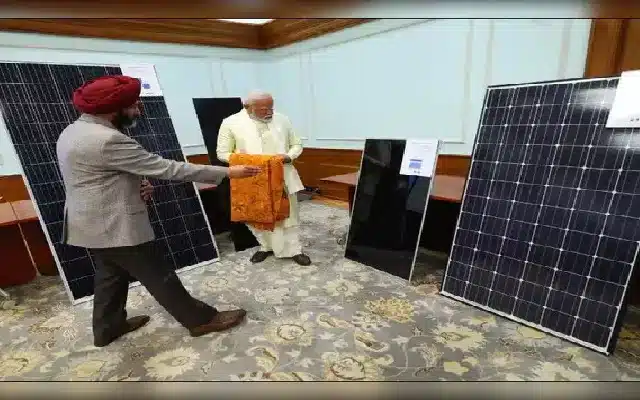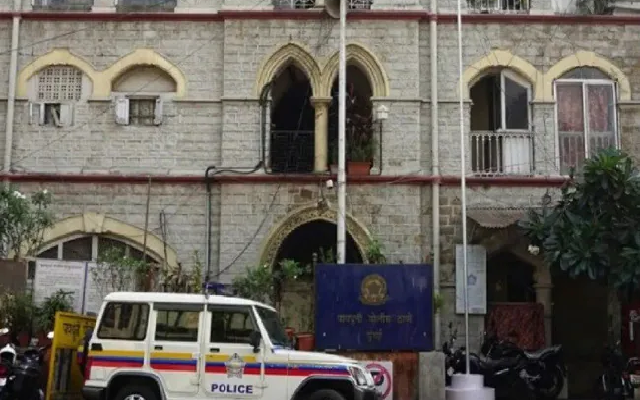On Monday, January 22, Prime Minister Narendra Modi unveiled the ‘Pradhan Mantri Suryodaya Yojana,’ a government initiative aiming to equip one crore households with rooftop solar power systems. This endeavor follows the 2014 launch of the Rooftop Solar Programme, which sought to achieve a cumulative installed capacity of 40 gigawatts (GW) by 2022 but faced an extension of the deadline to 2026 due to unmet targets.
Modi expressed his commitment to promoting solar energy, asserting that the new scheme will reduce electricity bills for the “poor and middle class” while advancing India’s self-reliance in the energy sector. The recent announcement underscores a renewed effort to reach the 40 GW rooftop solar capacity goal.
As of December 2023, India’s total solar capacity stands at 73.31 GW, with rooftop solar contributing 11.08 GW. Rajasthan leads in total solar capacity with 18.7 GW, while Gujarat tops the rooftop solar capacity list at 2.8 GW. The expansion of solar energy is pivotal for India, considering its anticipated surge in energy demand over the next three decades, making it imperative to diversify energy sources beyond coal.
The Rooftop Solar Programme, initiated in 2014, focuses on incentivizing residential rooftop solar installations through financial assistance and incentives to distribution companies (DISCOMs). The program aims to achieve 40 GW of rooftop solar capacity by March 2026 and has seen significant growth, with rooftop solar capacity increasing from 1.8 GW in March 2019 to 10.4 GW in November 2023.
Consumers can participate in the program through DISCOM tendered projects or the National Portal (www.solarrooftop.gov.in). Minister of New and Renewable Energy RK Singh highlighted that consumers have the flexibility to choose vendors, equipment brands, and quality/efficiency through the National Portal. DISCOMs play a limited role, focusing on technical feasibility approval, net-meter installation, and system inspection. Subsidies are disbursed directly to consumers’ bank accounts post-installation, and surplus solar power can be exported to the grid, providing monetary benefits as per regulatory provisions.
सूर्यवंशी भगवान श्री राम के आलोक से विश्व के सभी भक्तगण सदैव ऊर्जा प्राप्त करते हैं।
आज अयोध्या में प्राण-प्रतिष्ठा के शुभ अवसर पर मेरा ये संकल्प और प्रशस्त हुआ कि भारतवासियों के घर की छत पर उनका अपना सोलर रूफ टॉप सिस्टम हो।
अयोध्या से लौटने के बाद मैंने पहला निर्णय लिया है कि… pic.twitter.com/GAzFYP1bjV
— Narendra Modi (@narendramodi) January 22, 2024
Read More:

















